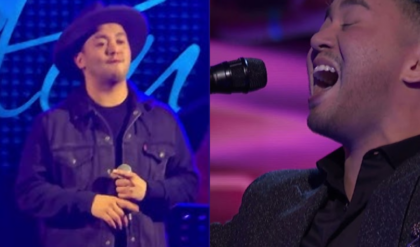AMC’s dark crime series Dark Winds has finally come to Netflix, and it’s the perfect follow-up to True Detective season 4. Based on the series of novels by the late Tony Hillerman, Dark Winds has a fascinating team behind it, including Robert Redford and George R. R. Martin as producers. The story of Dark Winds, which has already been renewed for season 3, is set in the 1970s in the Arizona portion of Navajo Nation. It follows tribal police detective Joe Leaphorn (Zahn McClarnon), who investigates a complicated and gruesome murder alongside his sergeant, Bernadette Manuelito (Jessica Matten), and newcomer deputy Jim Chee (Kiowa Gordon).
Outside of a few roles in Dark Winds‘ cast of characters, such as Noah Emmerich’s condescending, corrupt FBI Agent Whitover, Dark Winds is full of Indigenous talent. That lends authenticity to the Navajo Nation setting, as does the liberal use of the Diné bizaad language. It’s a meticulously crafted series that has won over critics and audiences alike. It’s also the perfect replacement for True Detective, especially the most-viewed season 4, now that it’s finally on Netflix.
Dark Winds Has All The Elements That Made True Detective Season 4 The Best One Yet
The Indigenous Mythology And Dark Atmosphere Are Commonalities
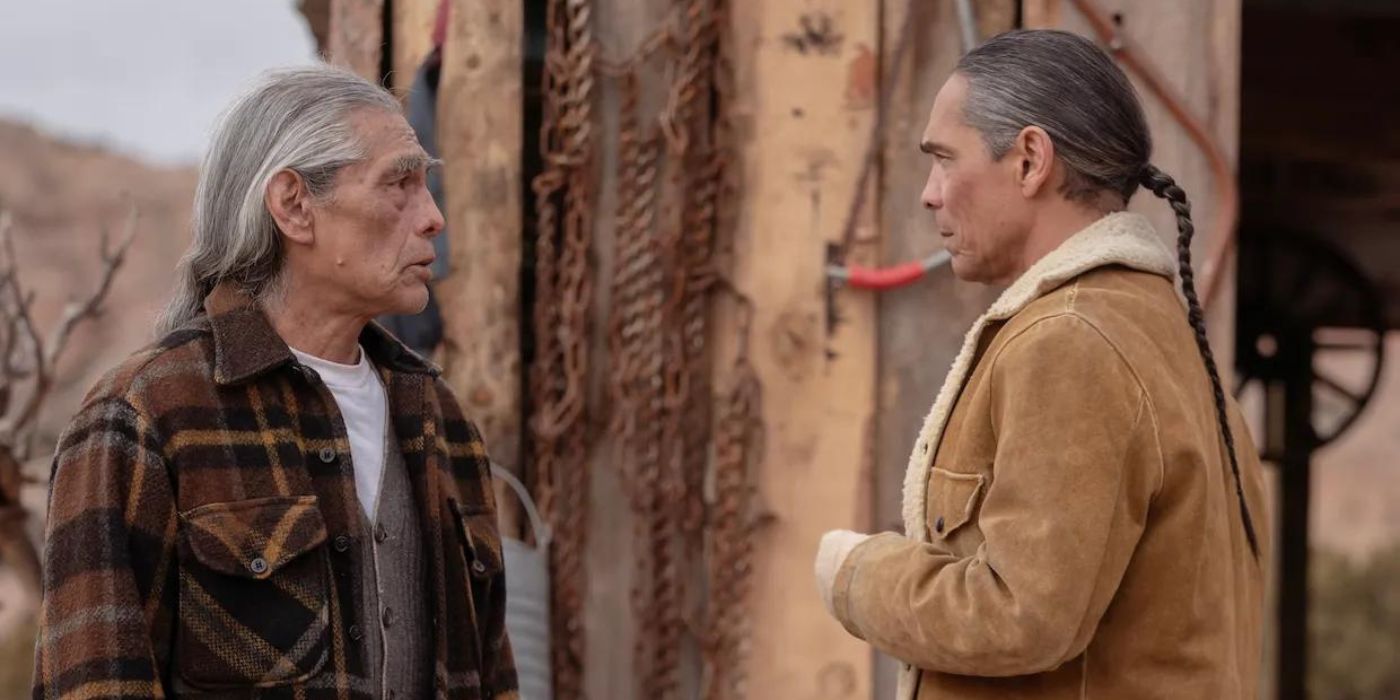
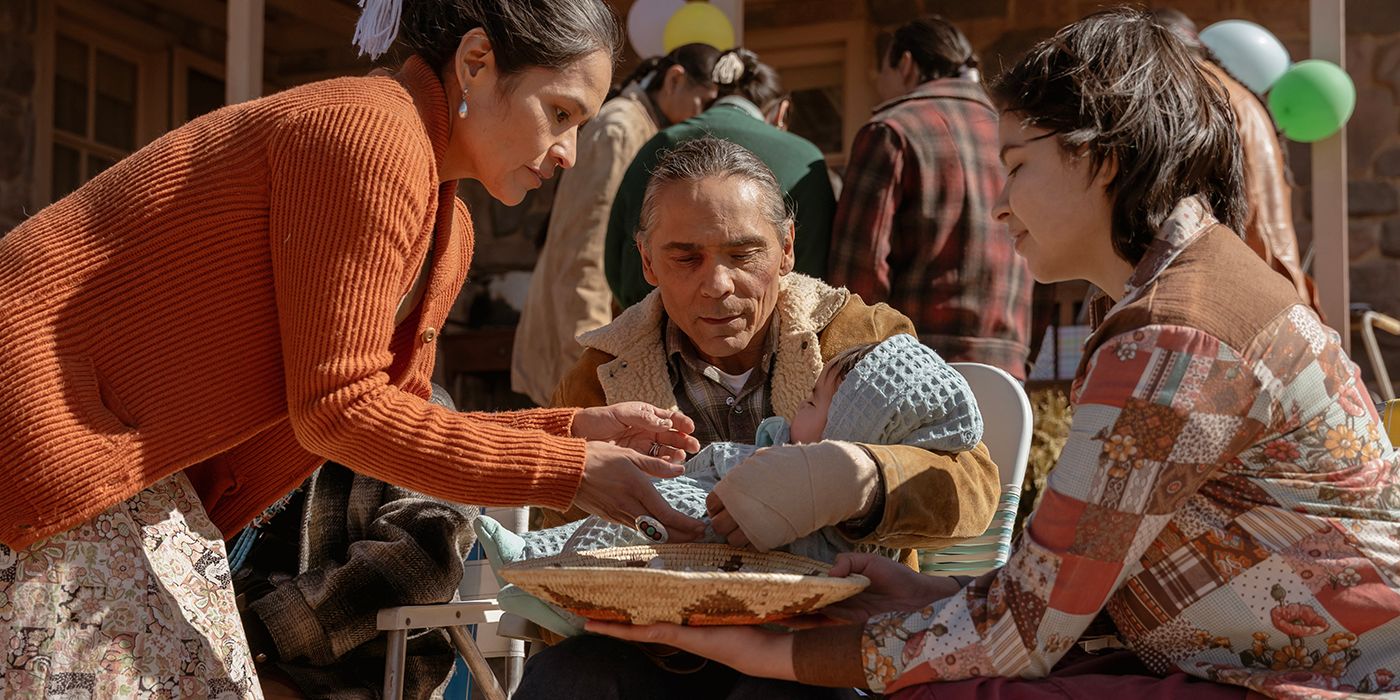
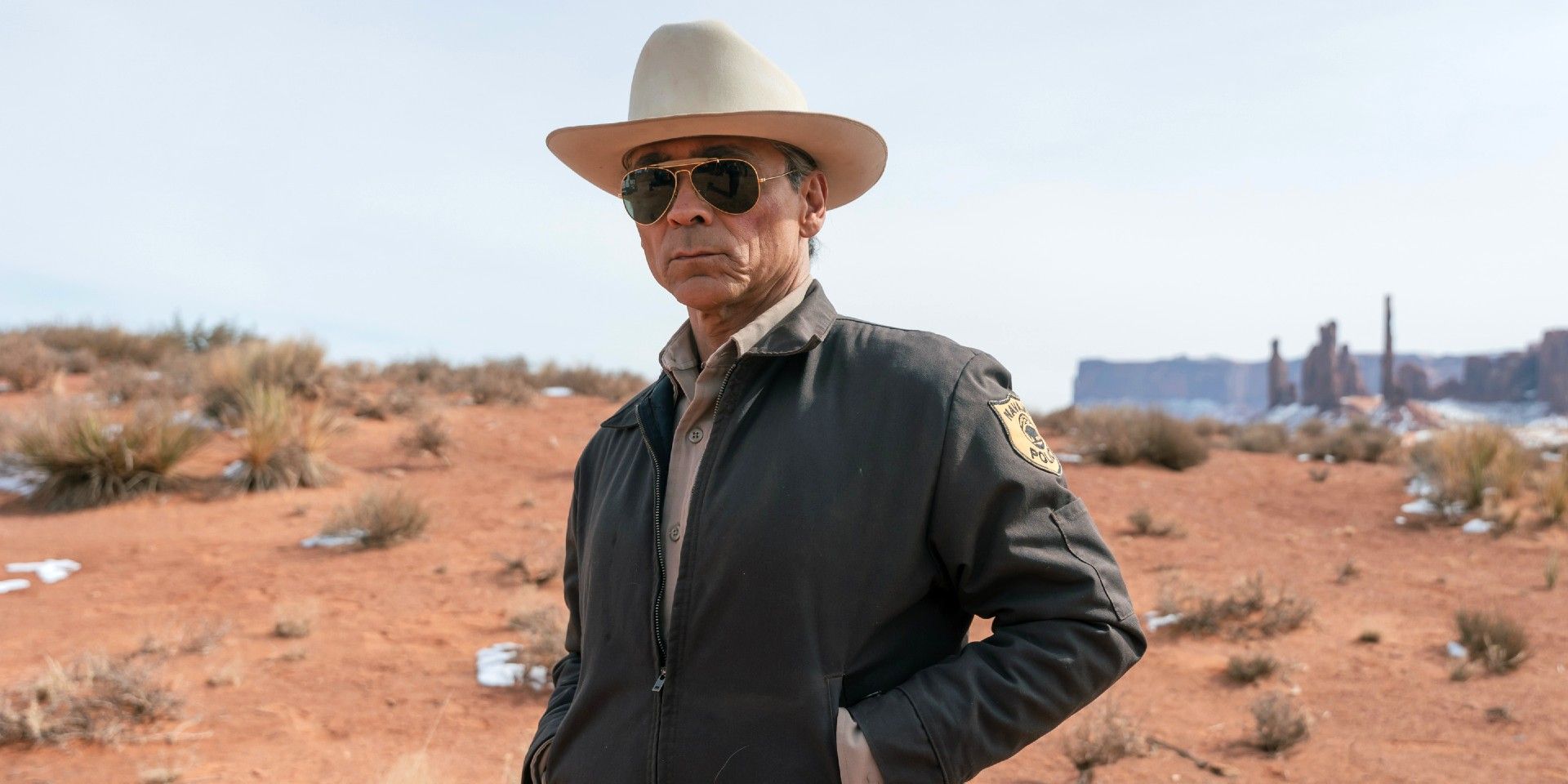
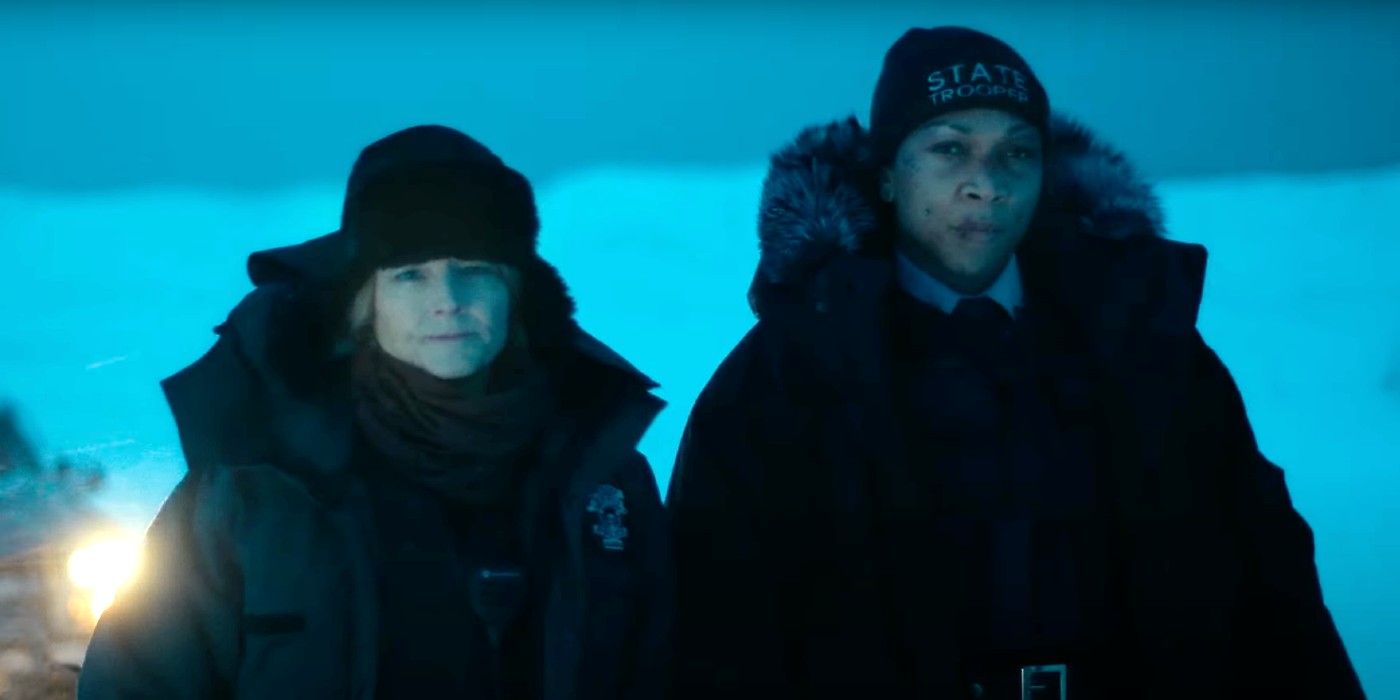
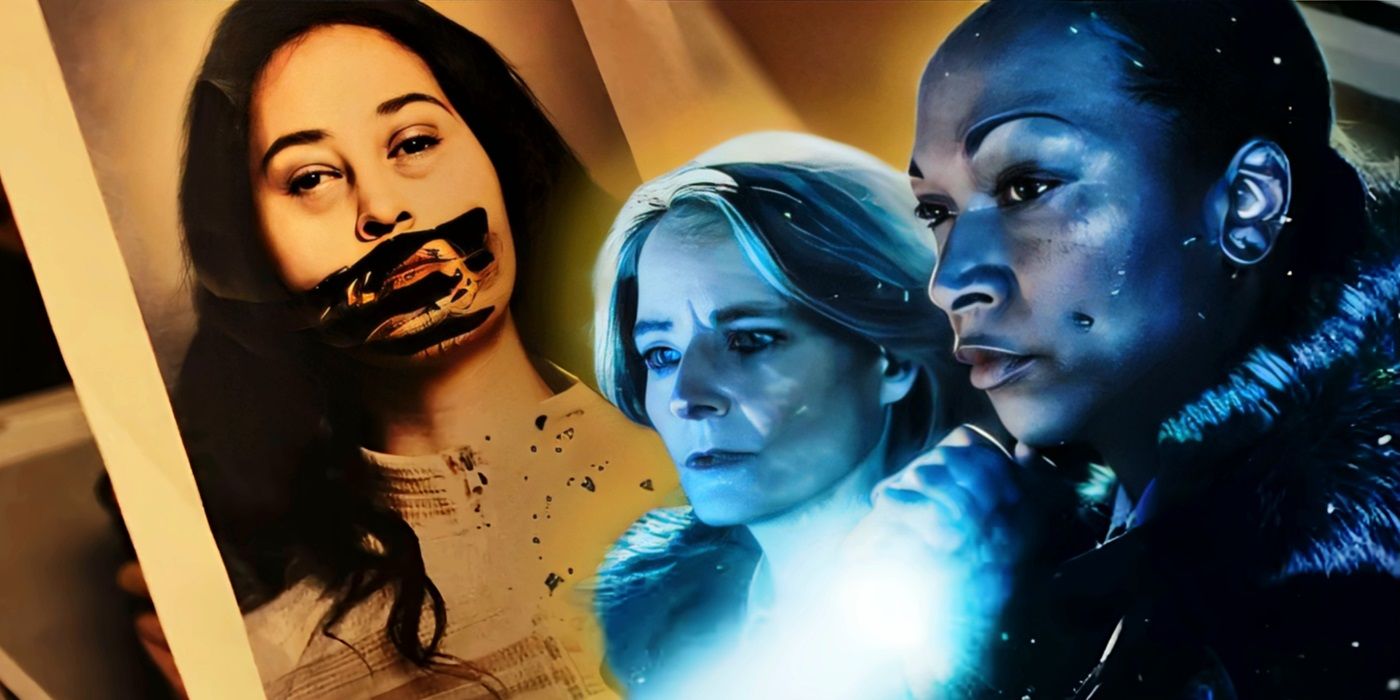
True Detective season 4 is set in the frozen darkness of Alaska under permanent night, while Dark Winds is set in the sun- and sand-blasted Navajo reservation in the Arizona desert. True Detective season 4 is set in the current, tech-forward era, while Dark Winds’ time period is the analog world of the 1970s. Even so, there are a few significant similarities between the two shows that make for great companion series. For those who haven’t yet watched Dark Winds but have watched season 4 of True Detective and enjoyed it, the former series is the perfect follow-up to the latter.
But both series are steeped in Native American mythology, creating dark, myth-soaked tales that dip into the vast trove of Indigenous folklore and belief, incorporating supernatural elements alongside boots-on-the-ground investigation.
The obvious similarity is that both shows are crime procedurals, with the story following rural detectives trying to unravel a disappearance leading to brutal murders. But both series are steeped in Native American mythology, creating dark, myth-soaked tales that dip into the vast trove of Indigenous folklore and belief, incorporating supernatural elements alongside boots-on-the-ground investigation. Along with that folklore, both series touch upon Native American practices and ritual, as well, creating a really unique feel for both series that helps them to stand out among the glut of detective procedurals on television.
Dark Winds Has An Astounding 100% On Rotten Tomatoes
Both Seasons Have A Perfect Rating
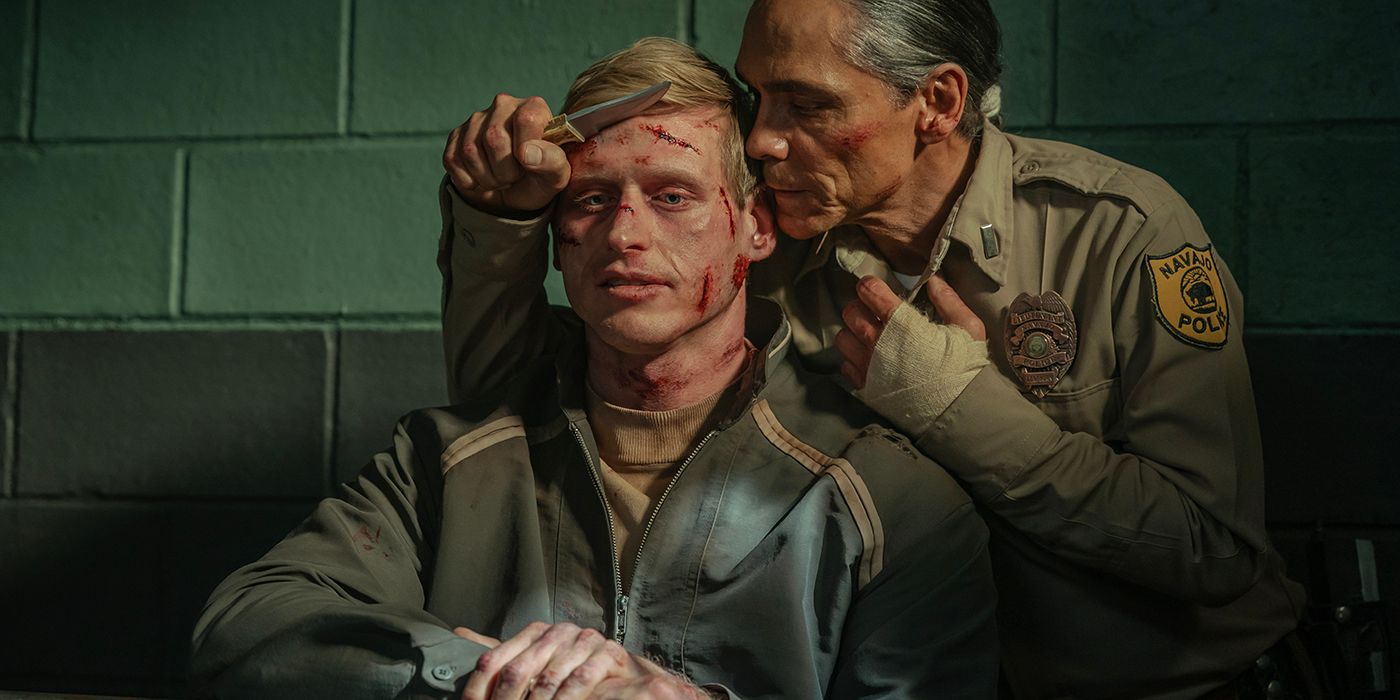
At the time of writing, Dark Winds has an incredible 100% critics’ score on Rotten Tomatoes – that means it got 100% for both seasons 1 and 2. While that number will almost certainly drop the longer Dark Winds runs, it’s notable that other critically lauded, iconic series have lower critics scores: Breaking Bad is at 96%, Succession is at 95%, and Better Call Saul is at 98%, to name a few examples. That’s impressive no matter how one looks at it, even with only two seasons under Dark Winds‘ belt so far.
Dark Winds season 1, in particular, has gotten praise for its tense, atmospheric storytelling set in a unique region that doesn’t get much time to shine in Hollywood: Navajo Nation. Likewise, the 1970s time period isn’t one often explored on TV in the context of procedurals, which adds an extra polish to the whole show. The tight, twisty storytelling balances Indigenous mythology and belief with the gritty groundedness of a police procedural and local corruption, creating a heady blend. But it’s really Zahn McClarnon’s performance that drives the entire show.
The tight, twisty storytelling balances Indigenous mythology and belief with the gritty groundedness of a police procedural and local corruption, creating a heady blend.
Dark Winds Finally Gives Zahn McClarnon The Lead Role He Deserves
The Role Does Justice To His Talent And Depth As An Actor
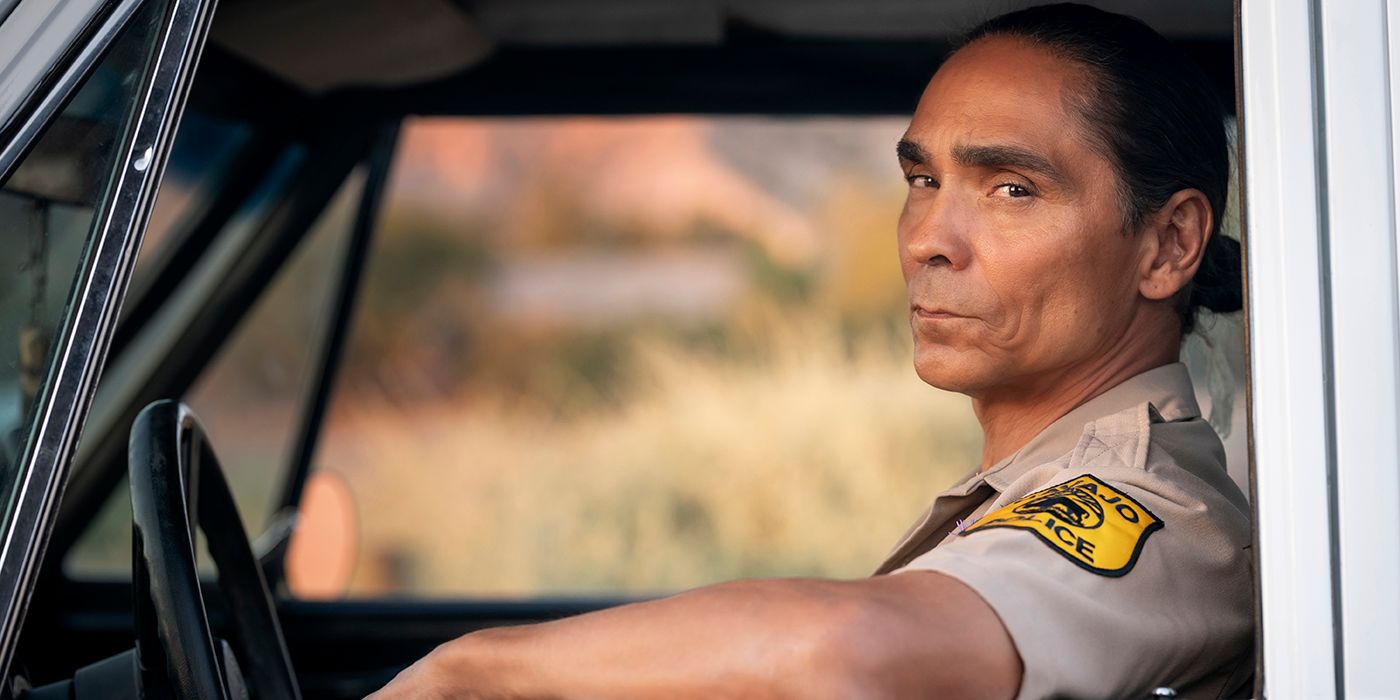
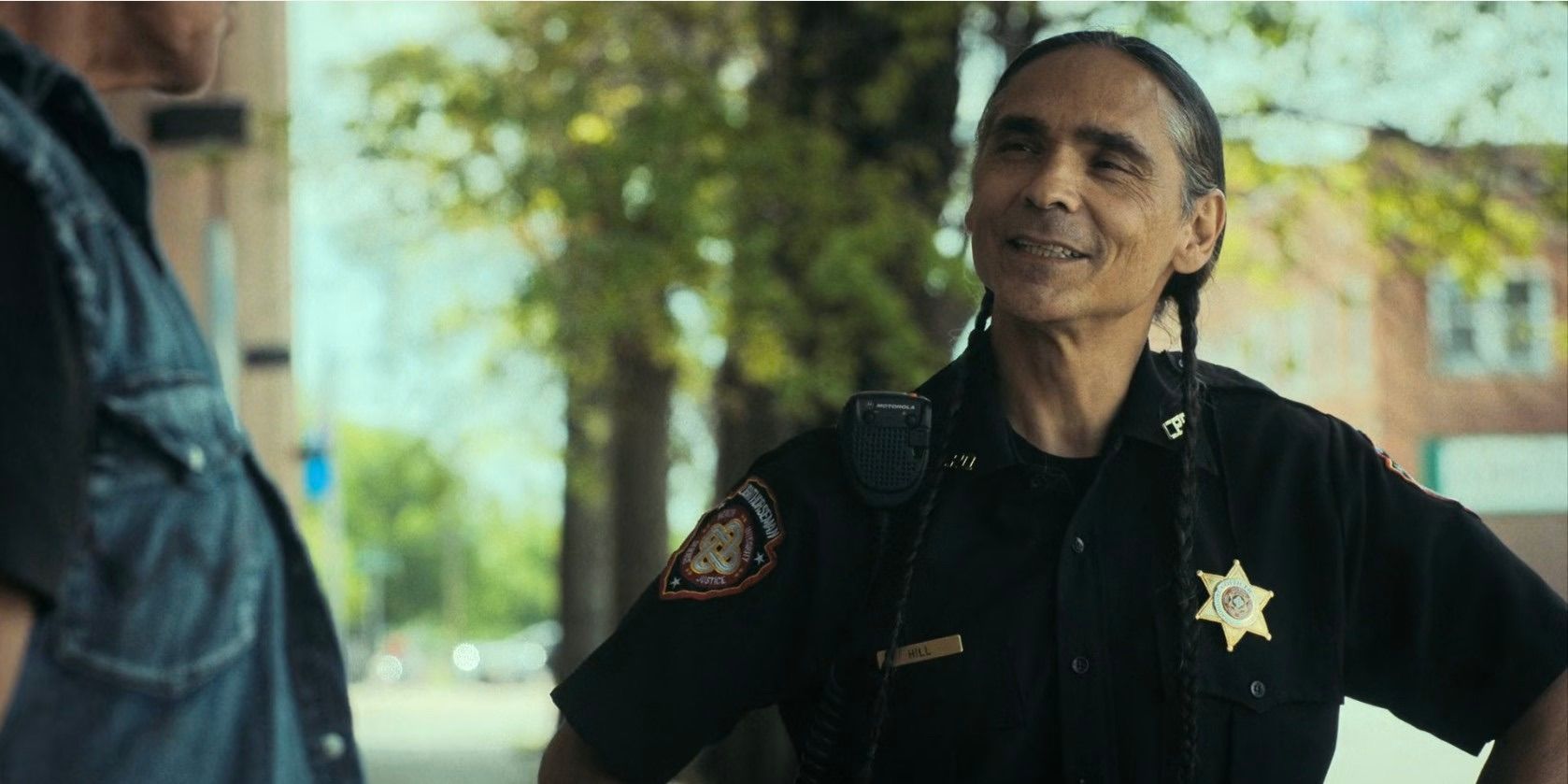
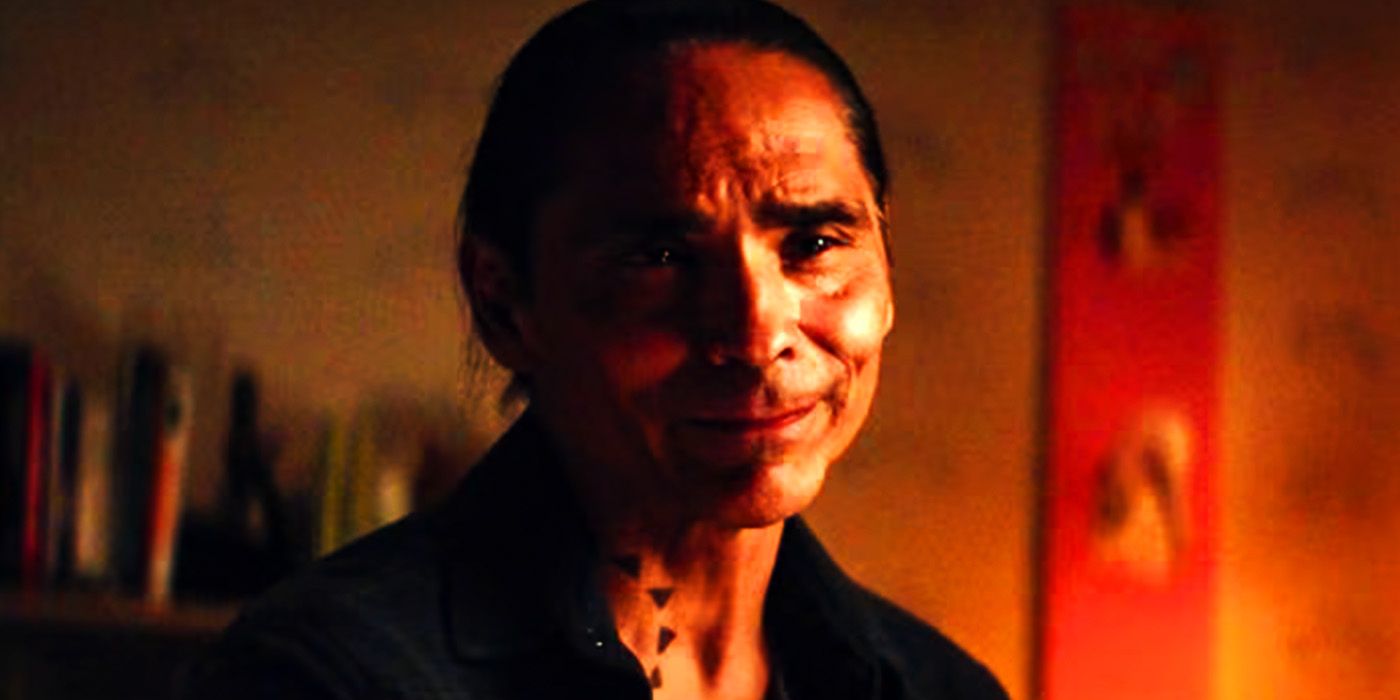
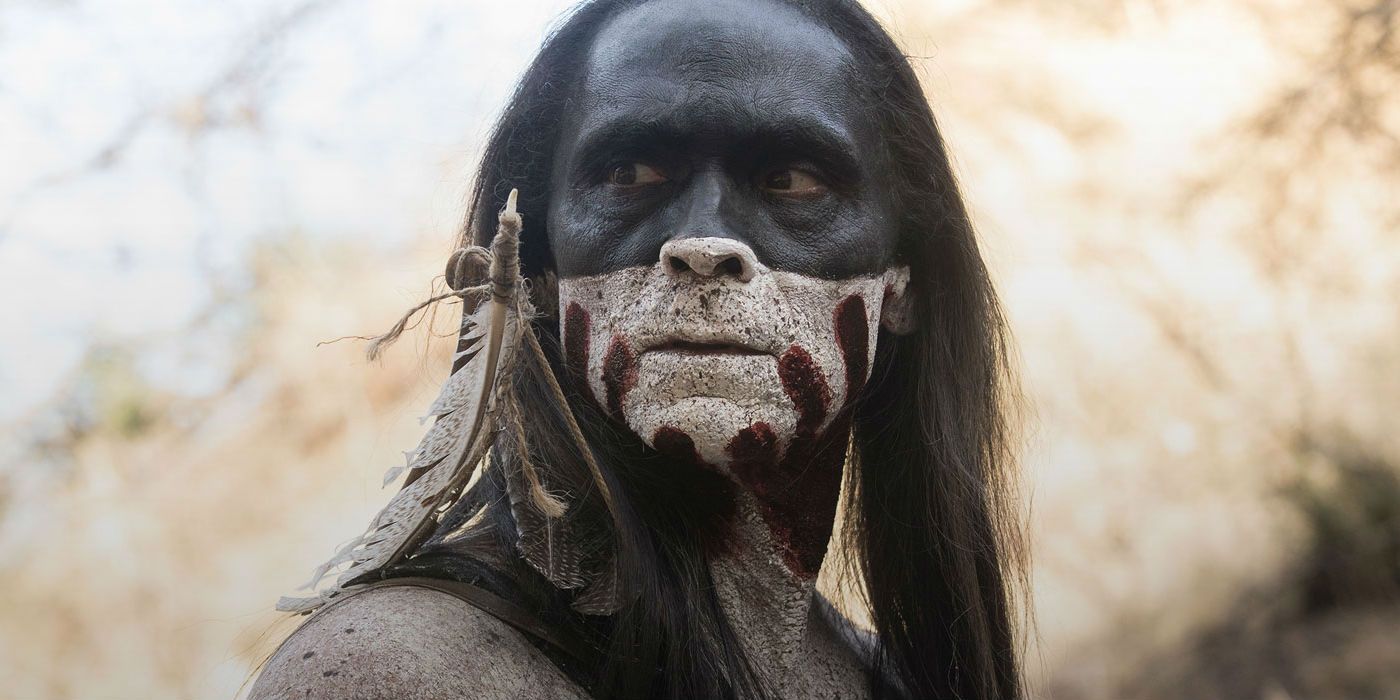
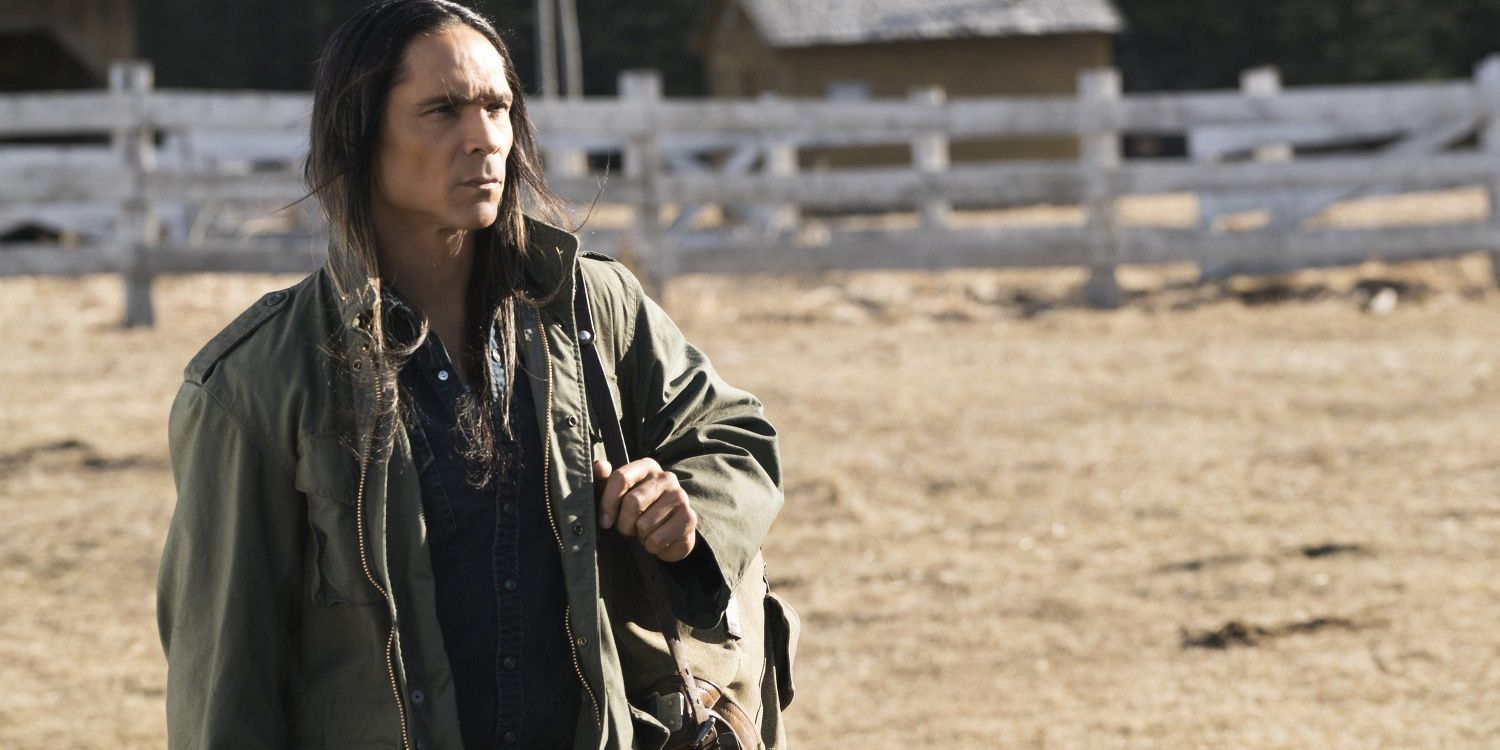
Zahn McClarnon has been a journeyman actor in Hollywood since the late 1980s, and a number of his early roles involved him playing a stereotyped, Hollywoodized Native American in various TV show guest roles, or the “ethnically ambiguous” character, As his career progressed, McClarnon started getting more substantial supporting roles, but it’s only been arguably within the past decade that the roles started living up to his talent: Officer Mathias in Longmire, Hanzee Dent in Fargo, Crow Daddy in Doctor Sleep, and more. In the past few years, he’s landed his best roles yet, including the incredible character, Big, in Reservation Dogs.
However, it’s Dark Winds that gives Zahn McClarnon his best leading role, one truly befitting his talents and the emotion he brings to the screen. Joe Leaphorn is a hard balance for an actor, a man haunted by loss and burdened with grief, but emotionally reserved. McClarnon lets Leaphorn’s pain peek through the stoic facade, making for a quietly compelling performance. It’s arguably his best work on screen, thanks to him finally getting material that has the richness and depth of character he deserves. Now that Dark Winds is on Netflix, even more people can finally see what critics have in Zahn McClarnon’s performance.

